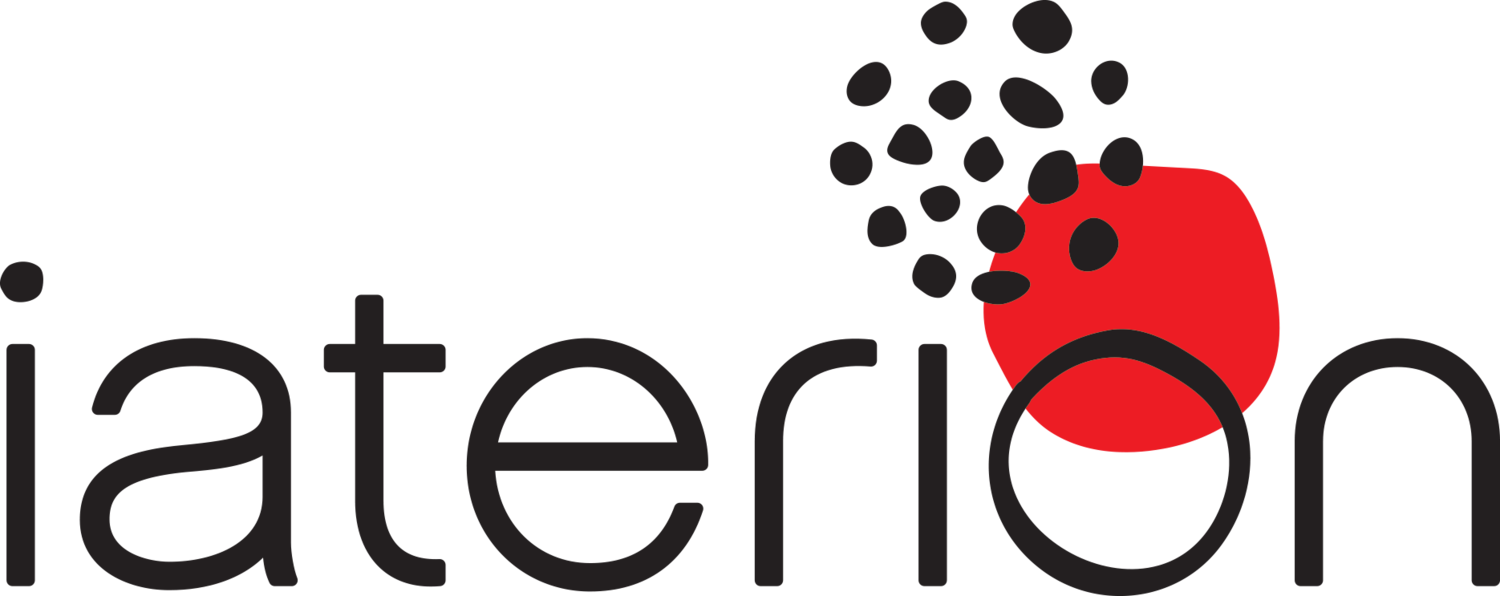
In the U.S., more than 1.8 million new cancer cases are expected to be diagnosed in 2020 and about 606,520 Americans are expected to die of cancer in 2020.
Oncology
Cancer is the 2nd leading cause of death in the modern world. Cancer can start in most tissues in the human body. In cancer the orderly process of cellular life and death is transformed. Most cancers can be treated with removal if they remain in the tissue. The most critical step that leads to cancer deaths is when the cancer metastasizes; the cells no longer obey the architectural integrity, detach from the tumor and migrate and grow elsewhere in the body. If uncontrolled, cancer will most likely result in death from organ destruction and failure.
Cancer Cells and Normal Cells
Cancer cells appear to behave like immature cells, cells that are not yet specialized to perform specific functions. They also ignore signals that tell cells to stop dividing or begin the process of programmed cell death, apoptosis, which the body uses to control growth.
There are several critical steps that cause a normal cell to become a cancer cell. The first step is that genes that are involved in cell growth acquire a mutation. These include oncogenes, tumor suppressor and kinase genes. These genes contain the genetic information to make proteins that control growth, death, structural integrity, migration and colonization.
Cancer cells influence their microenvironment. They induce the formation of blood vessels into the tumor, called angiogenesis, supporting the delivery of oxygen and nutrients and the disposal of carbon dioxide and cellular debris.
Cancer cells evade the immune system, despite the fact that the immune system normally removes damaged or abnormal cells from the body. More so, cancer cells can use the immune system by signaling the immune system to stay away from killing the cancer cells.
Cancer cells also transform their metabolic profile. They rely much more on glycolysis, converting glucose and hydrogen, than oxidative phosphorylation, releasing the molecular energy of oxygen, for their energy production.
Cancer Therapeutics
Cancer therapies aim to result in killing cancer cells or at least arresting their growth and spread. Cancer therapies attempt to achieve this goal by exploiting specific differences between normal and cancer cells.
At Iaterion we harness multiple different pathways related to cellular mechanisms that cancer cells employ to thrive, while ensuring in advance that their deployment will not damage normal cells. We also focus on cancer prevention, which deploys mechanisms associated with increased risks that accelerate mutations accumulation and proliferation resulting in cancer.

“When are we going to say cancer is cured? I'm not sure when that will happen, if that will happen because cancer is a very slippery disease and it involves a vast number of cells in the body and those cells are continually mutating.”
— David Baltimore
Our Cancer Pipeline
iaCC3
Class: BIM Inhibitor
Indication: Endocrine resistant breast cancer
Phase: Pre-clinical
IaCC6
Class: BIM Inhibitor
Indication: Endocrine resistant breast cancer
Phase: Pre-clinical
